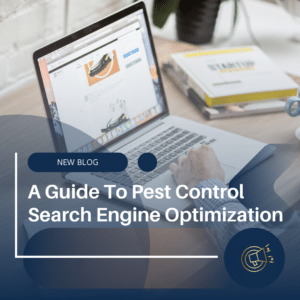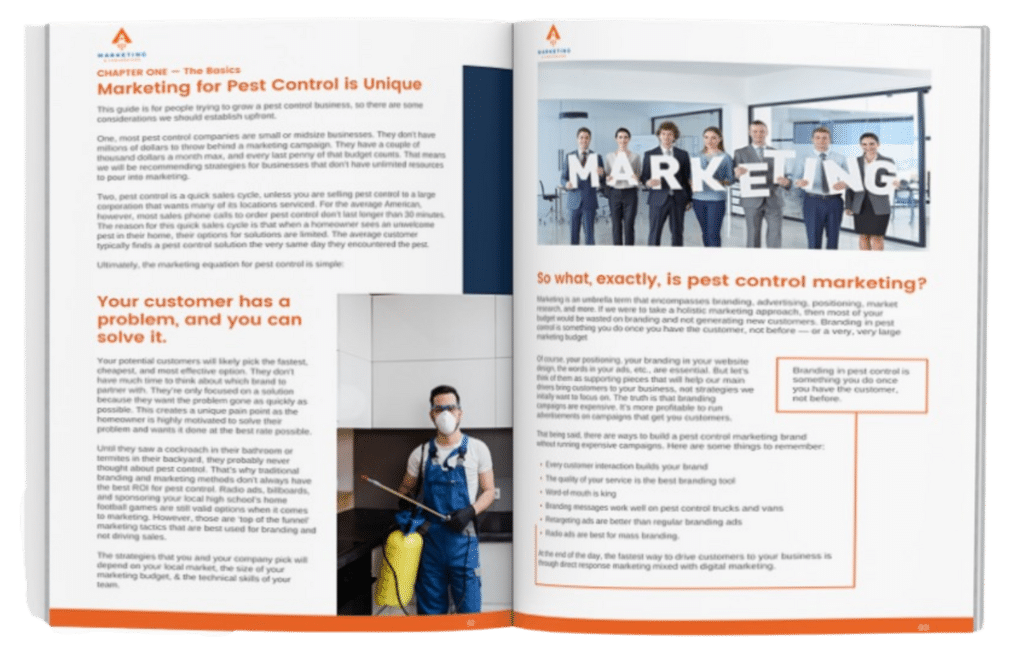
How to pick a marketing agency
How to pick a marketing agency Here’s a truth that can be hard to swallow: Even the best product or service in the world won’t
In pest control digital marketing strategies, website speed plays a critical role in the success of an online business. Data-driven decision-making becomes less accurate with slow website loading times. As consumers, we have limited attention and time on our hands – that’s why a few seconds’ difference can drastically change the success of your business. Think about it: if customers perceive your page is too slow, they won’t stick around long enough to purchase or learn more about your offer.
So understanding why website speed matters and knowing how quickness affects user experience can improve engagement rates on any web page. In this blog post, we will explain why web page performance is crucial for online conversion optimization and discuss some concrete steps for optimizing HTML delivery for faster loading speeds.
Websites that load quickly provide an improved user experience, leading to increased customer retention and loyalty. Slow-loading pages are a death knell for any online store – customers simply don’t have the patience or attention span of waiting for a website to load. Studies have shown that if your page takes longer than three seconds to load, 40% of visitors are gone! When customers experience a poor user experience, it can lead to higher bounce rates and lost sales.
Website speed plays a vital role in SEO. It affects your ranking on search engine results pages (SERPs). Google and other search engines have made it no secret that website speed is one of the most important factors for achieving higher rankings. Pages that load quickly lead to increased organic traffic and higher SERP rankings, leading to more leads and sales for your business.
Finally, website speed also affects your site’s overall performance on mobile devices. Mobile devices are becoming increasingly popular – so much so, in fact, that mobile now accounts for nearly half of all web traffic.

But if your website is slow to load on mobile devices, customers may become frustrated and abandon their shopping cart or leave the page without making a purchase. To prevent this from happening, ensuring that your site is optimized for mobile performance is crucial for improving customer experience and achieving higher conversions.
Fortunately, you can take several steps to improve website speed and optimize HTML delivery for faster loading times.
Compress File: Compressing your HTML, CSS, and JavaScript files can drastically reduce loading times. You can use tools such as Gzip to compress and minify these files to reduce their size.
Optimize images: Images are essential for creating a visually appealing website but can also cause slow loading speeds. To prevent this from happening, it’s important to compress images and optimize them for web delivery before uploading them to your site.
Utilize the cache: Caching allows your pages to load faster by storing static files in the user’s browser. This means that the next time a user visits your website, they won’t have to download all of the same images or content from scratch – the browser can just pull it from their cache.
Minify HTML, CSS, and Javascript: Minification involves reducing the size of HTML, CSS, and JavaScript files by removing unnecessary white space, comments, formatting, and other elements that don’t affect the actual code. This can help to reduce loading times substantially.
Reduce redirects: Redirects can slow down your website due to the additional HTTP requests they create. It’s important to remember that each additional website redirect adds time and resources, which can lead to slower website load times and website stability issues. By avoiding unnecessary website redirects, websites will be able to speed up loading times and maintain website stability as users navigate the website.
Good website speed is essential for providing an optimal user experience and achieving higher SEO rankings. By optimizing HTML delivery and reducing loading times, you can ensure that your website is performing at its best. Compressing files, optimizing images, utilizing cache, minifying HTML, CSS, and JavaScript, and reducing redirects are all effective ways to achieve faster loading speeds and better website performance. With a few simple steps, you can improve your website speed and ensure that customers have a great experience!

How to pick a marketing agency Here’s a truth that can be hard to swallow: Even the best product or service in the world won’t
To ensure that your marketing dollars are contributing to your pest control company’s growth, You have to ensure profitability. There are a lot of ways to ensure profitability but in this blog post we will tackle just three of them and if you implement them early, you are a lot more likely to fill your routes with ideal customers that love to live pest free.

Growing a pest control business involves online strategies. Partnering with a pest control digital marketing agency can enhance your online visibility further.

Marketing automation is a digital marketing strategy that uses technology to automate repetitive marketing tasks and workflows.

Customer journey is often visualized through a concept known as the digital marketing funnel. This visually represents a potential customer’s stages before purchasing or taking a desired action.

Most of the time, the company won’t have to pay for anything in email marketing. They can easily build their contact lists on their website when their visitors subscribe to them. They can also buy contact lists from other businesses, which can only cost a few bucks for thousands of emails. So if you’re considering doing email marketing for your pest control business, below are 10 tips you can apply to your campaign.

Grab your free copy of our Ultimate Pest Control Marketing Guide and uncover 10+ years of pest control marketing secrets.
Our Promise
We love working with and growing local businesses. If we can’t help, we’ll send you to someone who can.